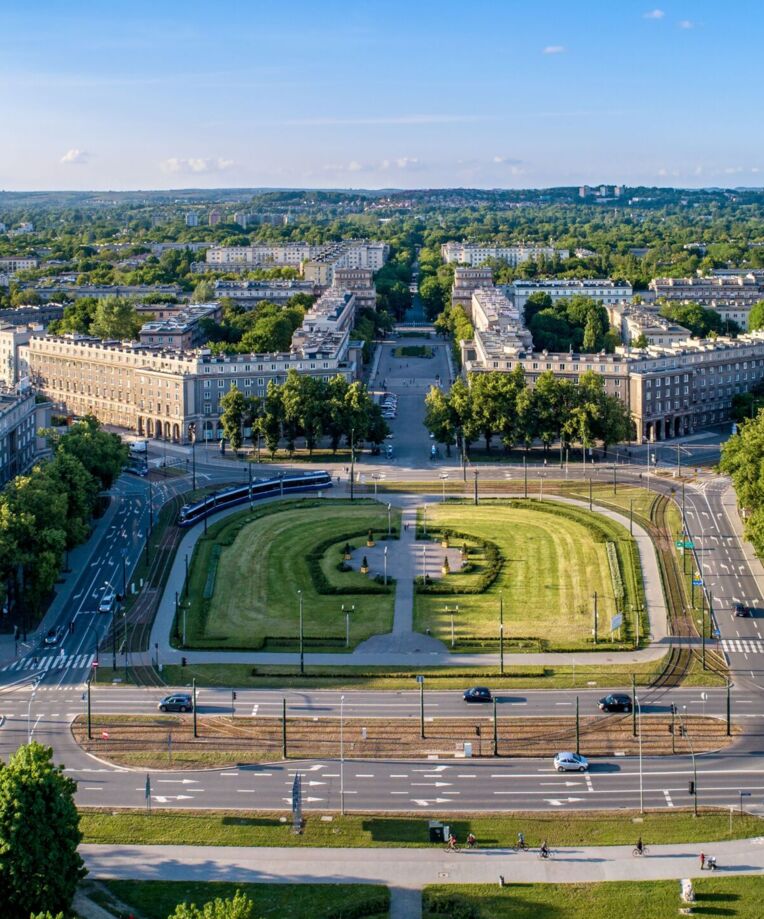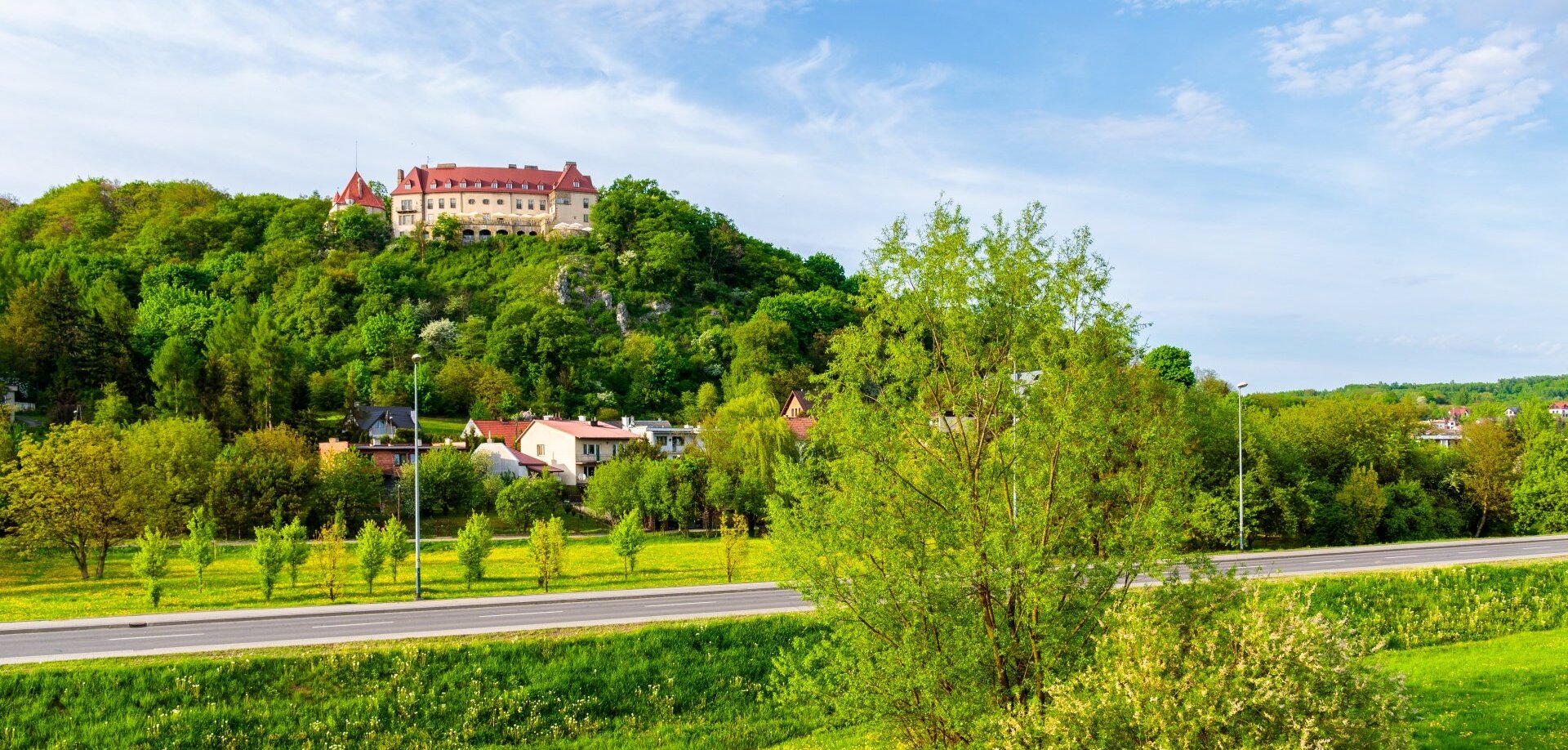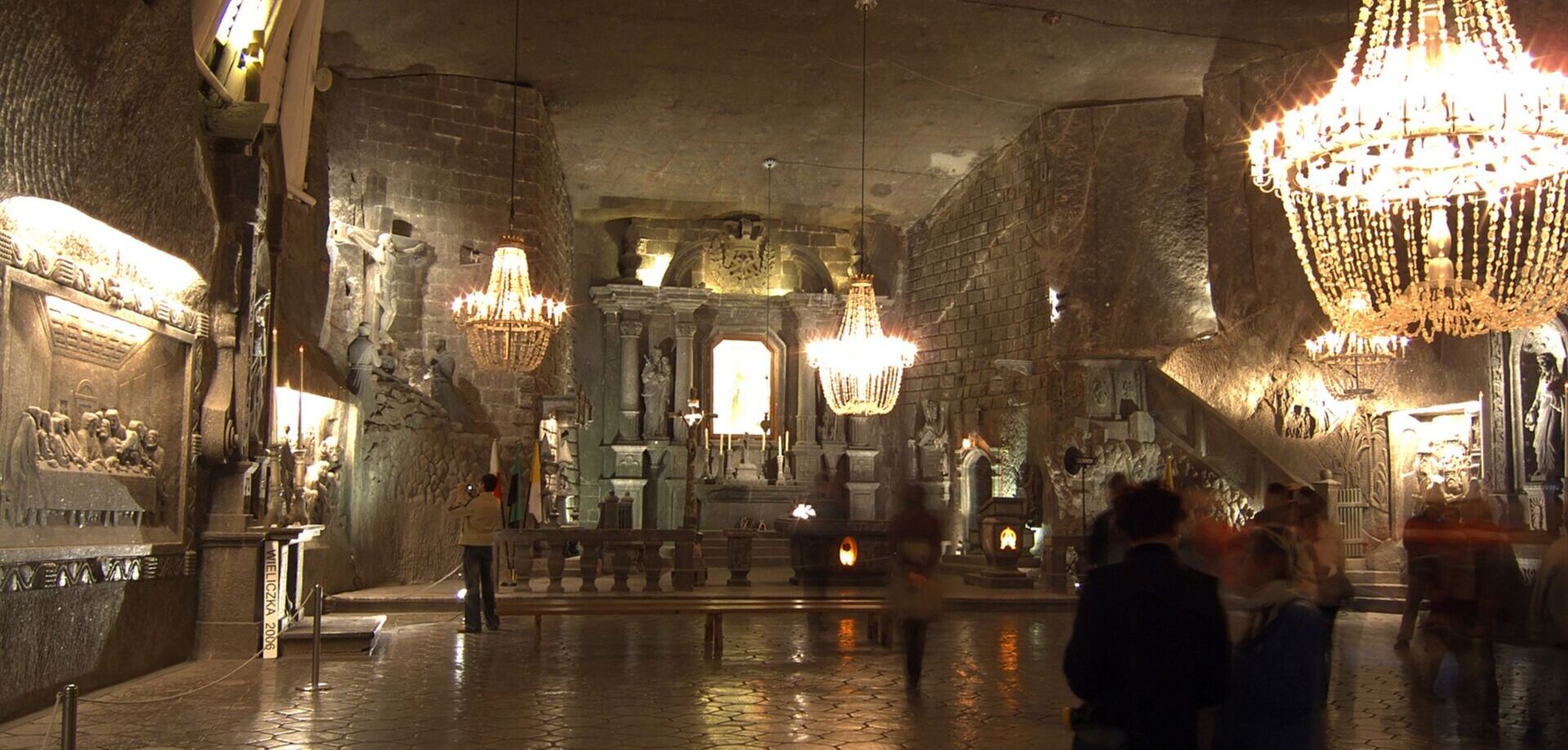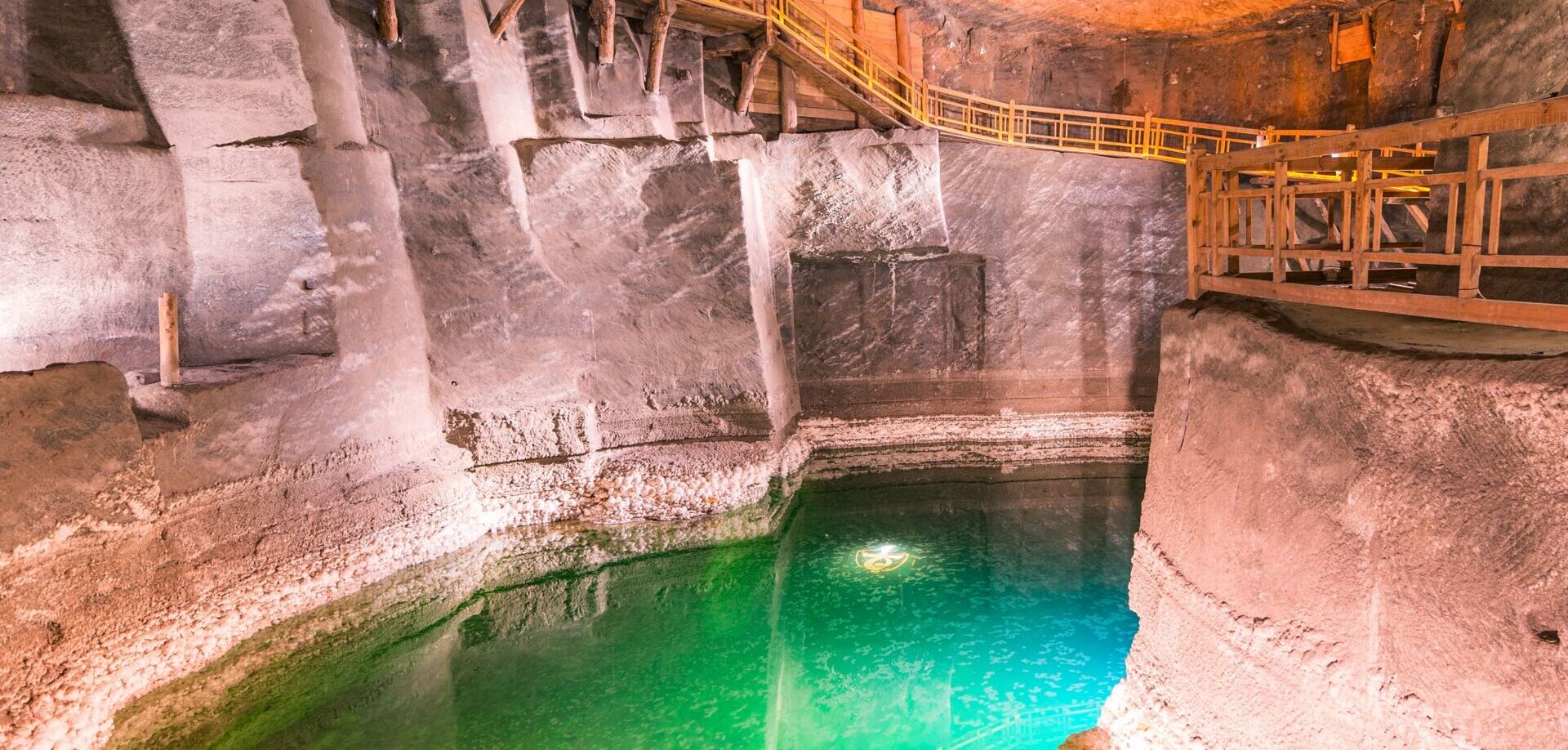Plantonia is located in a tenement that was built at the turn of the 19th and 20th centuries. We have recently refurbished this place, keeping the entire front of the building and meaningful part of the inside. We have restored the tenement house to its former glory.
close to everywhere
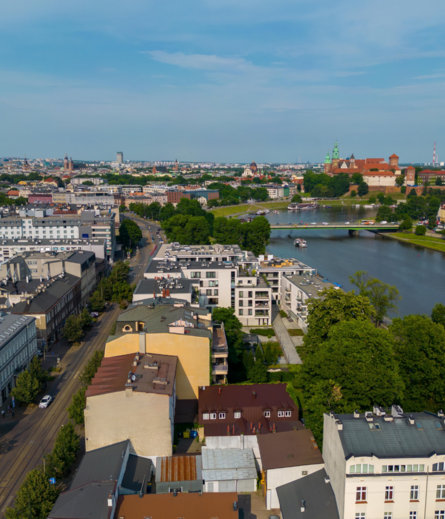
Salwator is a beautiful part of Kraków. Thanks to the proximity of the Vistula river boulevards, you can quickly get away from the traffic or, on the contrary, reach the Old Town and see Wawel Castle or the Main Market Square. Close to the center, and at the same time next to the main tourist routes.
Right next to it there is a large urban meadow, i.e. a common meadow, and a little further the largest forest in Kraków, i.e. Wolski Forest and Kościuszko Mound with a wonderful view of the city.
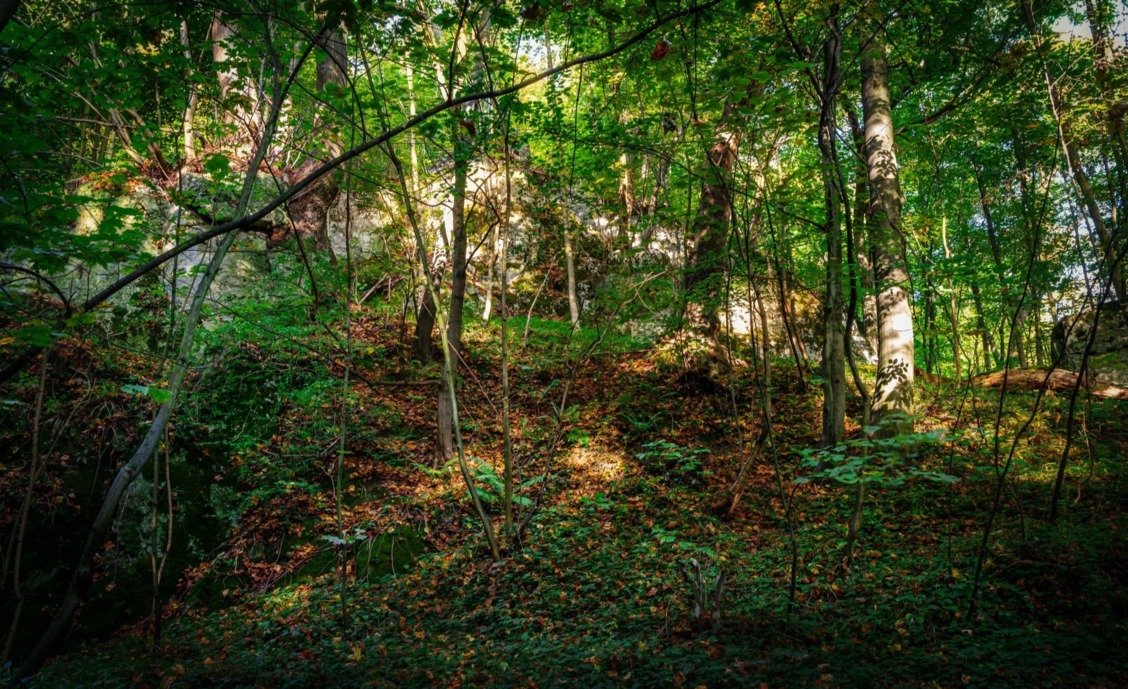
Local marketplace
Plantonia is also a great place for those who prefer the market to shopping in the supermarket. A few minutes from us there is marketplace, Plac Targowy na Stawach, popular among the inhabitants of Krakow, where you can buy seasonal vegetables and fruits from smaller and local sellers.

National Museum
In a few minutes you will get to the National Museum, whose collection includes important works for Polish art of the 19th, 20th and 21st centuries: paintings, sculptures, drawings and artistic crafts.
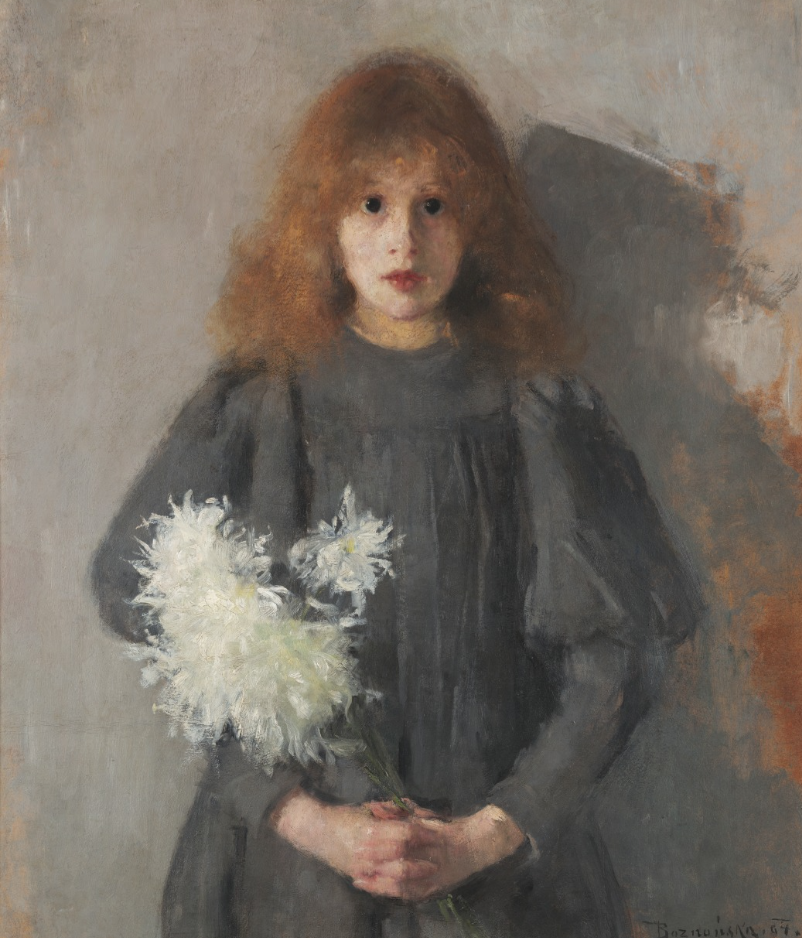
Wawel Royal Castle
Wawel is a limestone hill located in the centre of Cracow, next to the Vistula River, with a complex of monuments of exceptional historical and artistic value.
It is one of the places of greatest historical and cultural significance in Poland. Wawel Royal Castle is a centuries-old residence of kings and a symbol of Polish statehood, and since 1930 it has also been one of the most important museums in the country, preserving a valuable collection of paintings, prints, sculptures, textiles, goldware, militaria, porcelain and furniture.
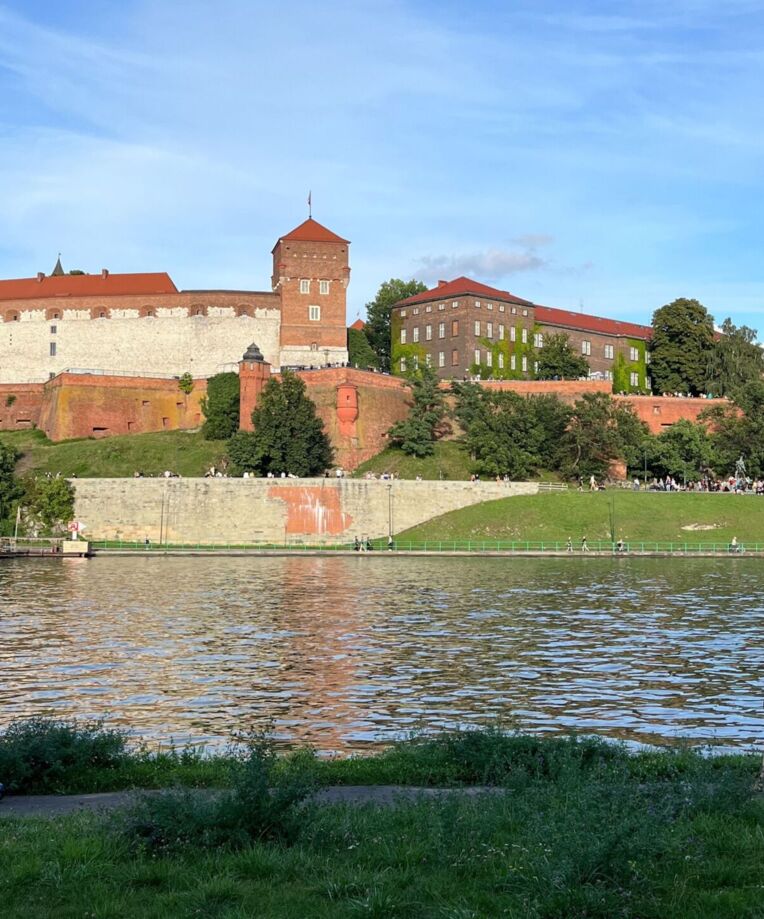
Auschwitz-Birkenau Museum
The Auschwitz Birkenau camp is the largest and one of the six most famous concentration camps built during World War II on Polish territory. The museum features original fences, railroad sidings, gas chambers and rooms that operated during the camp's operation, as well as personal items belonging to the victims.
A visit here allows you to learn much of the history of World War II that is difficult to find in textbooks.
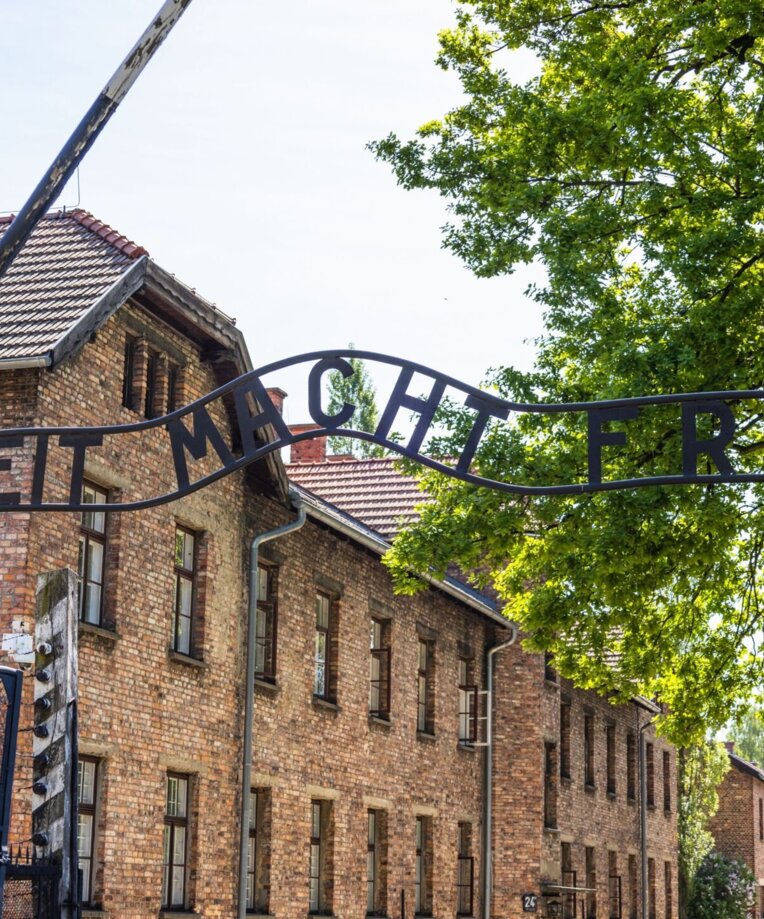
Jagiellonian University – Collegium Maius
The Collegium Maius is the oldest university building in Poland. Its origins date back to 1400 and it is now the seat of the Jagiellonian University Museum. It delights not only with its glorious history, but also with its impressive interiors, which give the impression of being unaffected by the spirit of time. It houses such interesting permanent exhibitions as the professors' rooms, Copernicus' treasury and the Jagiellonian assembly hall. And all this takes place in the atmosphere of the works of masters - Wikacy, Malczewski and many other outstanding artists.
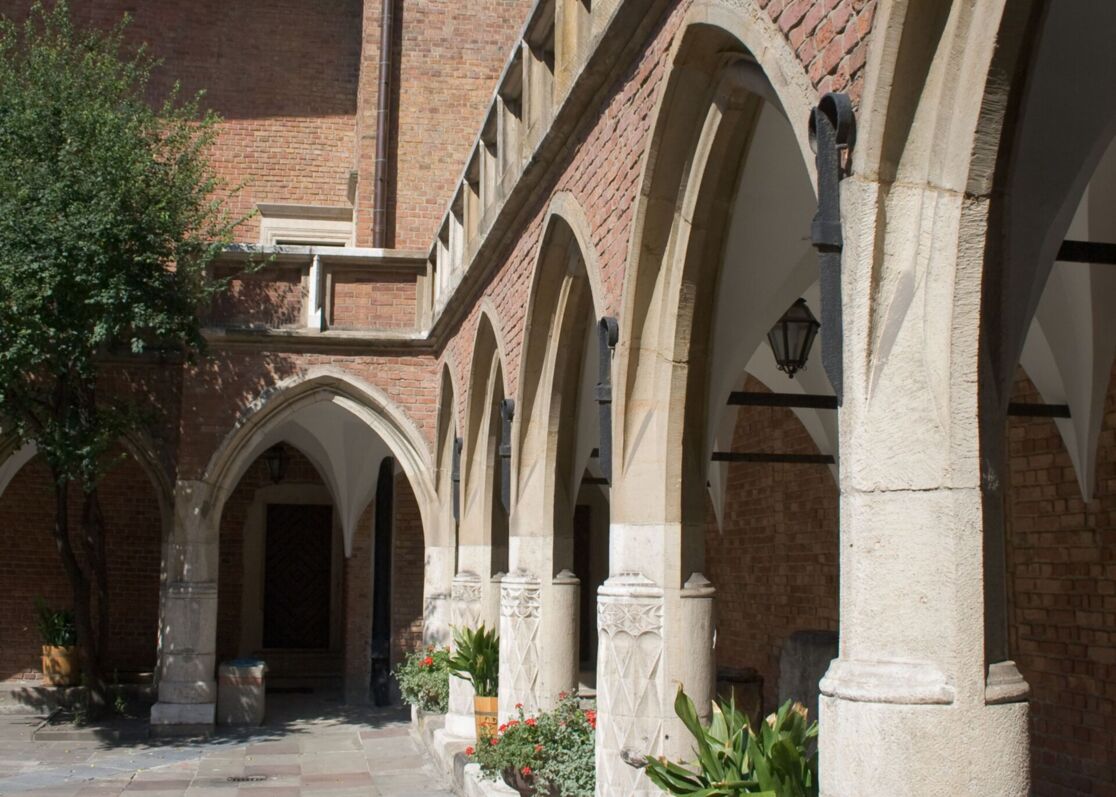
Rynek Underground
Poland is famous for its underground tourist attractions. One of them is the underground of Krakow's Main Square. There you can see a fragment of medieval Krakow, which was discovered by archaeologists between 2005 and 2010. The exhibition extends over an area of about 3,400 square meters and is a chance to learn more about the history of Krakow and see what the daily life of the inhabitants used to be like. At the same time, the museum is very modern, rich in touch screens or audio guides.
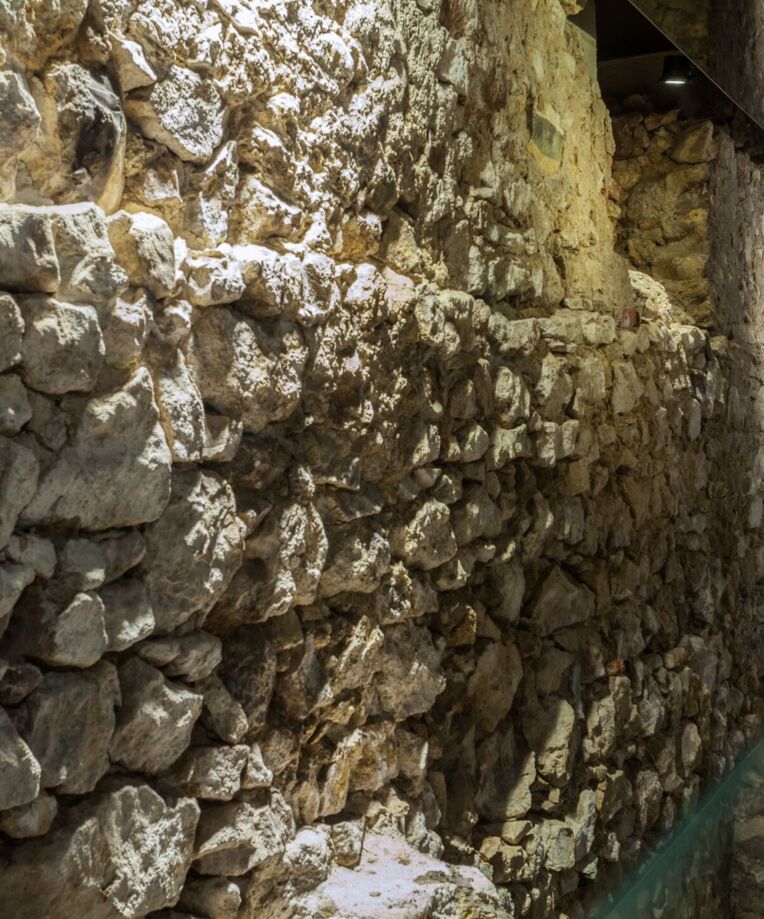
Kazimierz
Krakow's Kazimierz will steal the heart of many travellers. This district of Krakow has a lot of charm and a kind of magic. It is commonly known as the Jewish quarter, which is of course fully justified. In the 19th and 20th centuries, the Jewish population made up a large majority of the population, so while in Kazimierz, we will have the chance to visit the Synagogue, or try delicious kosher Jewish cuisine.
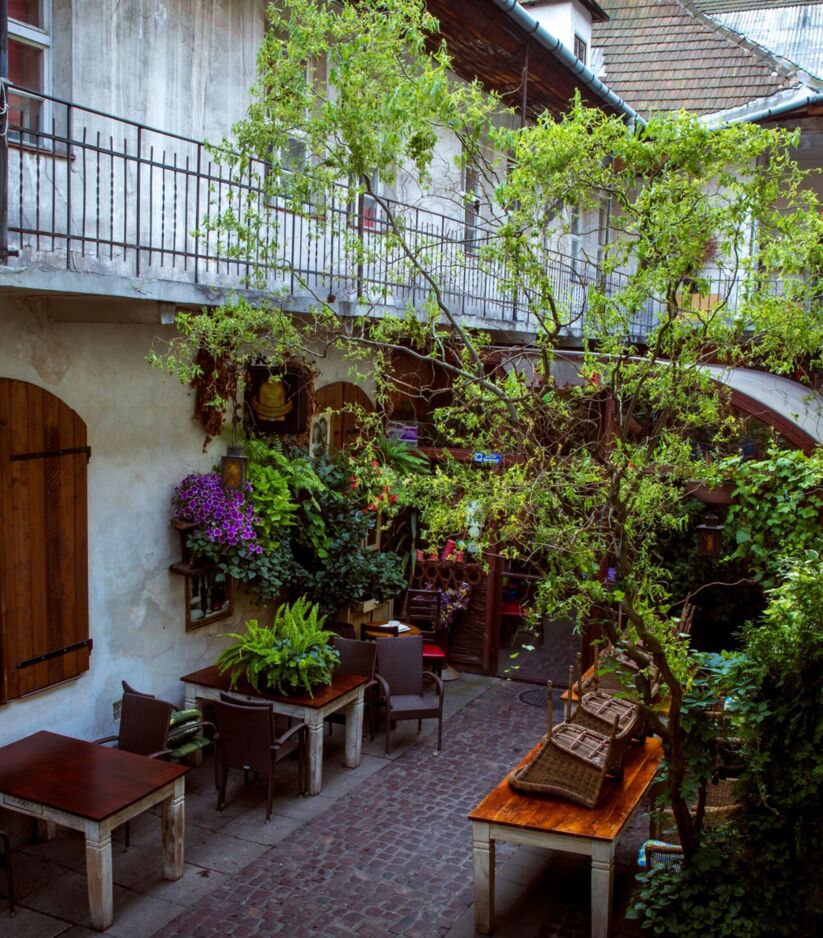
Nowa Huta
Nowa Huta, is the largest and youngest district of Krakow, which at first glance seems to have little in common with Krakow. It was intended to be a place of life for secular workers, that is, it was a kind of socialist homeland. Among the most representative places of the 'city without God' are the Central Square, the Avenue of Roses, the Wanda Mound, or the Jan Matejko Manor House, where the artist's museum operates. While in Krakow, it's worth spending some time getting to know this fascinating project of socialist realism.
